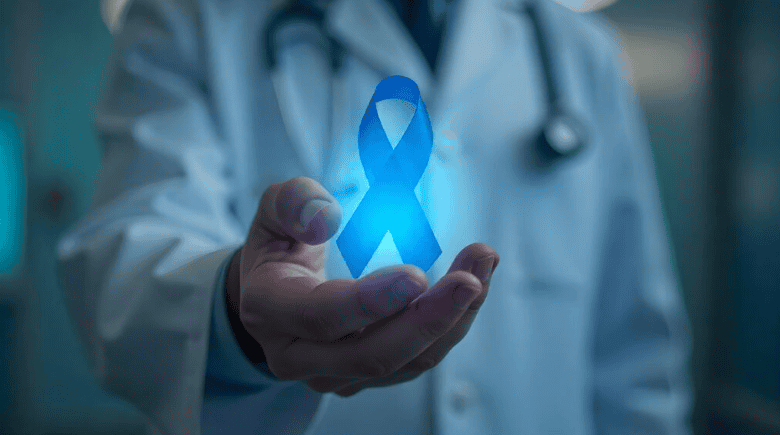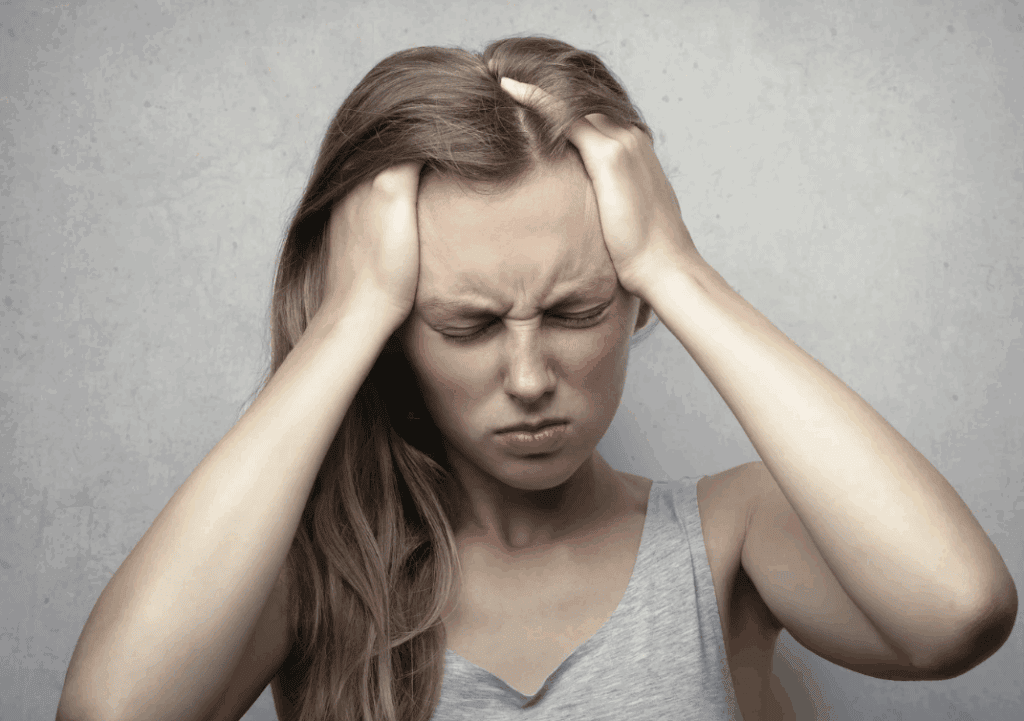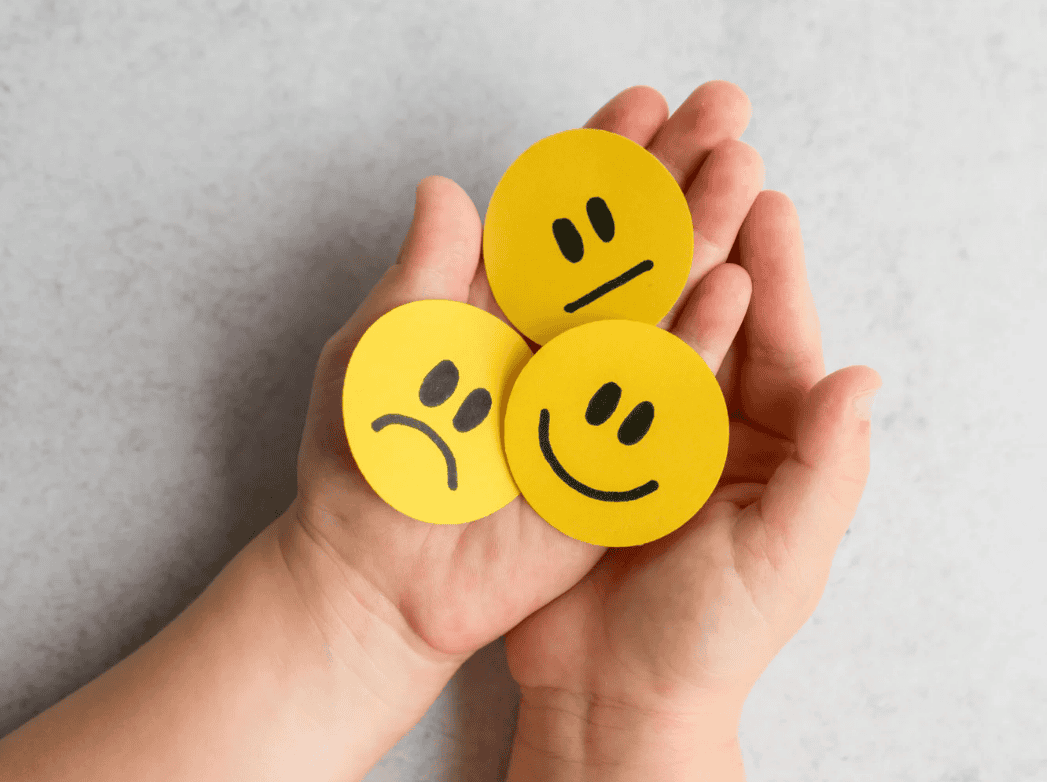Key Takeaways
- Understanding Mild to Moderate Mental Health Issues: Mild to moderate concerns often develop gradually, affecting daily functioning in subtle ways that can be easy to overlook.
- Why One Size Does Not Fit All: Effective mental health care adapts to your personal needs, stressors, and capacity rather than relying on a single fixed approach.
- Starting with Self Awareness and Early Support: Recognizing early emotional and behavioral changes allows you to respond proactively before stress becomes overwhelming.
- Outpatient Therapy and Counseling: Outpatient care provides structured, ongoing support that fits into daily life and bridges the gap between self-guided strategies and intensive care.
- When Medical Providers Are Part of the Care Path: Medical providers help clarify symptoms and guide next steps without replacing specialized mental health support.
- Psychiatry and Medication Management: Medication can offer added stability when thoughtfully integrated into a broader, collaborative care plan.
- Intensive Outpatient and Partial Hospitalization Programs: Higher-structure programs support recovery when weekly therapy is no longer sufficient but inpatient care is unnecessary.
- How Structure Supports Emotional Stability: Predictable routines and consistent support reduce emotional overload and help maintain momentum during difficult periods.
- The Role of Lifestyle and Community Supports: Daily habits and community connections strengthen professional care by reducing isolation and supporting long-term stability.
- Financial and Insurance Considerations: Understanding costs and coverage helps reduce uncertainty and supports sustained engagement in care.
- Signs You May Need to Adjust Your Level of Care: When progress slows or daily demands feel harder to manage, adjusting support reflects responsiveness rather than failure.
Reaching out for mental health support often begins with uncertainty rather than urgency. You may notice changes in how you feel or cope, yet still manage daily responsibilities, which makes it harder to know if help is truly needed. That in-between space can lead to hesitation or self-doubt, even when something feels off.
Mild to moderate mental health issues rarely disrupt life all at once. Instead, they quietly affect mood, energy, focus, and relationships over time. You may adapt without realizing how much effort it takes to stay afloat. Finding the right level of care helps restore balance without overwhelming your life or sense of independence.

Understanding Mild to Moderate Mental Health Issues
Mild mental health concerns often appear manageable on the surface and may show up as subtle mental health symptoms that blend into everyday stress. You might feel more anxious than usual, emotionally flat, or easily overwhelmed, yet continue meeting expectations at work or home. Because life continues, these experiences are easy to minimize. The effort it takes to maintain that pace is an important signal.
Moderate concerns often make that effort more visible and may overlap with patterns seen in mood disorders. Sleep may become inconsistent, focus can suffer, and emotional reactions may feel harder to regulate. Tasks that once felt routine may start to feel draining. In some cases, anxiety may escalate suddenly through episodes like panic attacks, which can feel frightening even when they pass.
These challenges usually develop gradually. You adjust, compensate, and normalize discomfort without noticing how much strain it creates. Often, a stressful event or prolonged period of pressure accelerates this process, making symptoms harder to ignore. Recognizing this pattern early can prevent deeper distress.
Seeking support at this stage reflects awareness rather than weakness. It shows respect for your limits and well-being. You do not need to wait for a breaking point to justify care. Early support often leads to steadier progress.
Why One Size Does Not Fit All
Mental health care does not follow a single path. What feels helpful for one person may feel overwhelming or ineffective for another. Your history, stressors, and coping style all shape what level of care works best. This is why flexibility within behavioral health care is essential.
Some people benefit from open-ended conversations with minimal structure. Others need routine, accountability, and clearly defined treatment strategies to stay engaged. Life demands also influence what feels realistic at different stages. Care should adapt to your circumstances, not compete with them.
Comparing your needs to others often creates confusion. You might wonder if you are doing too much or not enough. Those comparisons rarely reflect the full picture. Progress comes from alignment, not imitation.
When care fits well, it feels stabilizing rather than disruptive. You feel supported without feeling managed. That sense of fit builds trust. Trust supports consistency.
Starting with Self Awareness and Early Support
Early awareness often shows up through subtle patterns rather than dramatic changes. These signs are easy to dismiss, especially when you are still functioning day to day. Shifts in emotional responses, such as irritability, numbness, or heightened sensitivity, often appear before larger disruptions. Seeing them clearly can help you decide when extra support may be useful.
The list below highlights common signals that early support could help.
- Feeling emotionally exhausted even after rest
- Avoiding situations that once felt manageable
- Relying on coping habits that no longer help
- Feeling disconnected from yourself or others
Noticing these patterns does not mean something is wrong with you. It means your needs may be changing and deserve attention. Awareness creates options rather than pressure.
As these patterns become clearer, self-help strategies may stop providing enough relief on their own. At that point, some people look for care that offers more consistency while still allowing daily routines to continue. Support does not have to be extreme to be effective.
Conversations with trusted people can also deepen insight. Others may notice changes you have normalized. Their perspective can validate your experience. Support often begins with feeling understood.
Outpatient Therapy and Counseling
Outpatient therapy offers structured support that fits into everyday life. Sessions usually occur once or twice a week, allowing care to align with work and family responsibilities. Many readers find the different formats confusing at first. The list below clarifies common outpatient therapy options available through therapy services.
- Individual therapy focused on personal goals and insight
- Group therapy that offers shared experience and accountability
- Family or couples counseling that addresses relationship dynamics
For some people, outpatient services for mental health provide a helpful middle ground between self-guided support and more intensive care. These services often include coordinated therapy, skill-building, and regular clinical guidance while allowing you to remain connected to daily life. That balance can feel especially supportive during periods of increased stress.
These options fall under broader forms of psychological treatment designed to reduce distress while improving coping and insight. Many care plans combine group and individual therapy to balance personal focus with shared perspective. Flexibility supports progress over time.
Therapy progress often unfolds gradually. Small shifts in awareness or behavior add up. Reflecting on change helps maintain motivation. Adjustments are part of the process.
When Medical Providers Are Part of the Care Path
Medical providers can play an important role in mental health care, even when emotional concerns are the primary focus. Routine visits create a natural space to discuss changes in mood, energy, or stress alongside physical health. Many people are unsure when or how these providers fit into mental health support.
The list below outlines common ways medical providers may contribute to care.
- Screening for anxiety, depression, or stress-related symptoms
- Ruling out medical contributors such as sleep or hormonal issues
- Discussing medication options when appropriate
- Referring you to therapy or structured programs
In some cases, a provider may recommend a diagnostic evaluation to better understand patterns affecting daily life. This process focuses on clarity rather than labels. It can guide next steps with greater confidence.
Medical providers do not replace mental health specialists. They often help clarify options and reduce uncertainty early in the process. That collaboration can make navigating care feel more manageable.

Psychiatry and Medication Management
Psychiatry can play a supportive role when therapy alone does not fully address your needs. It focuses on understanding patterns in mood, energy, and concentration that affect daily functioning. Care at this level often works best when integrated into a broader plan rather than used on its own. Collaboration remains central.
Medication decisions are not automatic or rushed. Providers consider history, current stressors, and treatment goals before making recommendations. Psychiatry is often part of a coordinated approach that includes different mental health treatments, adjusted as symptoms and circumstances change. That flexibility helps care stay responsive rather than rigid.
Medication does not replace personal effort or insight. For some people, it creates stability that makes therapy and daily coping more effective. Others may use medication temporarily during more difficult periods. The focus remains on balance and long-term well-being.
Ongoing follow-up matters. Regular check-ins allow adjustments based on how you actually feel, not just how things look on paper. Open communication builds trust and keeps care aligned with your experience.
There are times when weekly therapy does not provide enough support on its own. In those situations, structured programs can offer additional care without requiring full hospitalization. These options are often misunderstood, so it helps to clearly distinguish how they work.
Intensive outpatient programs typically involve several therapy sessions each week while you continue living at home. Partial hospitalization programs offer longer, more structured daytime schedules but still allow you to return home in the evenings. Both approaches focus on therapy, skill-building, and stabilization without inpatient admission.
These programs often serve as bridges between different levels of care. They provide added structure during periods of increased stress while helping you stay connected to daily life. Knowing what to expect can feel grounding when things feel unpredictable. That balance between support and independence is often essential.
How Structure Supports Emotional Stability
When stress builds gradually, structure can provide relief before symptoms escalate. Having predictable routines helps reduce decision fatigue and emotional overload. Knowing when support is available creates a sense of safety, even on difficult days. That consistency often lowers anxiety without requiring intensive care.
Structured support also encourages follow-through. When sessions, check-ins, or activities are scheduled, you are less likely to withdraw during low-motivation periods. This helps maintain momentum when energy dips. Over time, consistency strengthens confidence in your ability to cope.
Structure does not mean rigidity. Effective support still allows flexibility as needs change. The goal is balance rather than control. When structure matches your capacity, it supports stability rather than pressure.
The Role of Lifestyle and Community Supports
Daily habits influence behavioral symptoms more than many realize. Sleep, movement, and nutrition affect mood and energy. Ongoing sleep problems are often one of the first signs that stress is affecting well-being. Small changes practiced consistently often matter more than dramatic shifts.
Social connection plays a meaningful role in emotional resilience. Supportive relationships can reduce isolation and help you feel understood during difficult periods. Healthy social interactions also offer perspective, reminding you that challenges are shared rather than faced alone. Over time, these connections add a sense of meaning that supports emotional balance.
Lifestyle and community supports work best when they complement professional care. Daily routines, social engagement, and structured activities create stability that helps progress feel more manageable. When these supports are layered together, change often feels steadier and less overwhelming. Balance builds gradually through consistency.
Community resources can take many forms, from local libraries to wellness or support groups. Many of these options are accessible and low-pressure, making them easier to explore at your own pace. Expanding your support network does not require a single solution. Each layer contributes in its own way.
Financial and Insurance Considerations
Cost often plays a role in how people approach mental health care. Understanding your insurance benefits can reduce uncertainty and make planning feel more manageable. Coverage varies by plan and provider, so taking time to ask clear questions can prevent surprises later. That knowledge supports more confident decisions.
Some providers offer sliding scale fees or flexible payment arrangements, which can make care more accessible. Transparency around cost helps you weigh options without pressure. You deserve to understand what you are committing to before moving forward. Clarity reduces unnecessary stress.
Paying out of pocket can feel overwhelming at first, especially when you are already managing emotional strain. Comparing services and planning ahead can help align cost with the level of support you need. Even small steps toward preparation can build confidence. Consistency often becomes easier when finances feel predictable.
Talking about money may feel uncomfortable, but it is a normal part of health care. Advocating for clear information protects your well-being and long-term engagement in care. Asking questions is reasonable and appropriate. You are allowed to prioritize both your mental health and your financial stability.
Signs You May Need to Adjust Your Level of Care
Mental health needs are not static, and support that once felt sufficient may lose its effectiveness over time. Noticing when progress slows or stress feels harder to manage can help you respond before frustration builds.
These shifts often happen gradually, which makes them easy to overlook at first. Paying attention to patterns rather than single moments offers clearer guidance.
You may notice that symptoms persist despite consistent effort, or that daily responsibilities require more energy than they once did. Feeling stuck, emotionally drained, or overwhelmed for extended periods can also signal that your current level of care no longer fits your needs. These experiences do not mean something is wrong with you. They reflect change, not failure.
Adjusting care is a responsive and healthy step. It allows support to evolve alongside your circumstances rather than forcing you to push through discomfort.
Regular check-ins with providers can help clarify options and timing. Collaboration keeps care aligned with your goals, while ensuring you remain actively involved in decisions about your well-being.
Conclusion
Finding the right level of mental health care is an ongoing process shaped by awareness, flexibility, and self-respect. Progress often comes through steady steps rather than dramatic shifts. When care aligns with your needs, it becomes easier to stay engaged and hopeful. You deserve support that feels balanced, responsive, and sustainable.




























